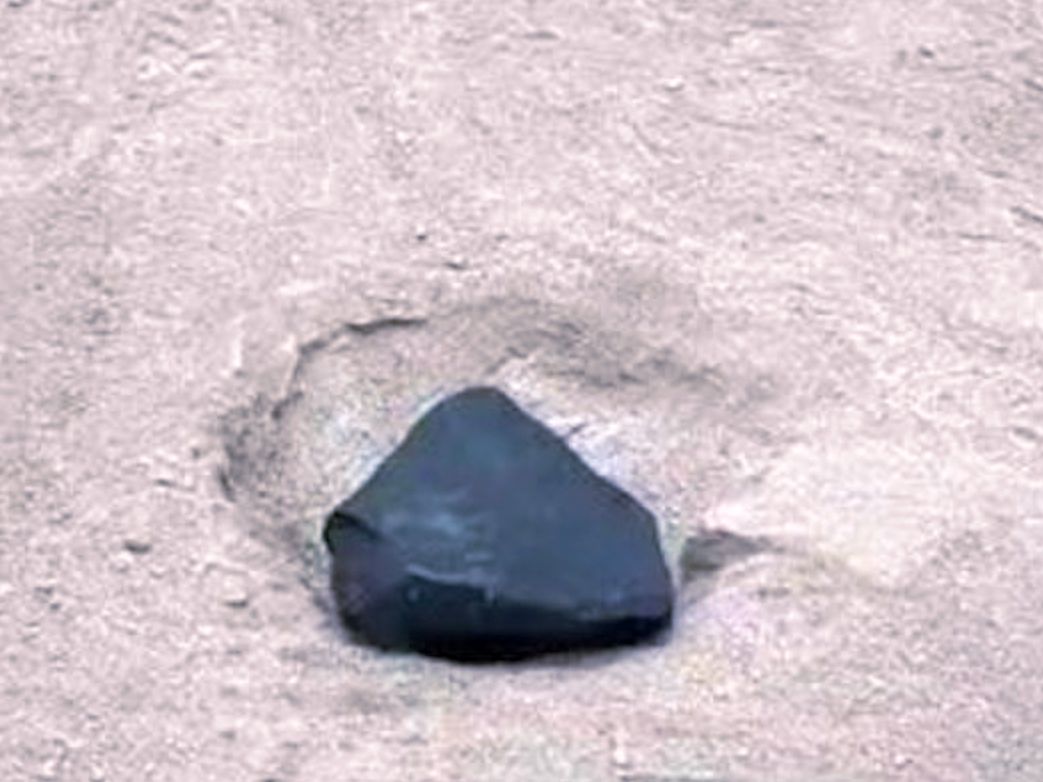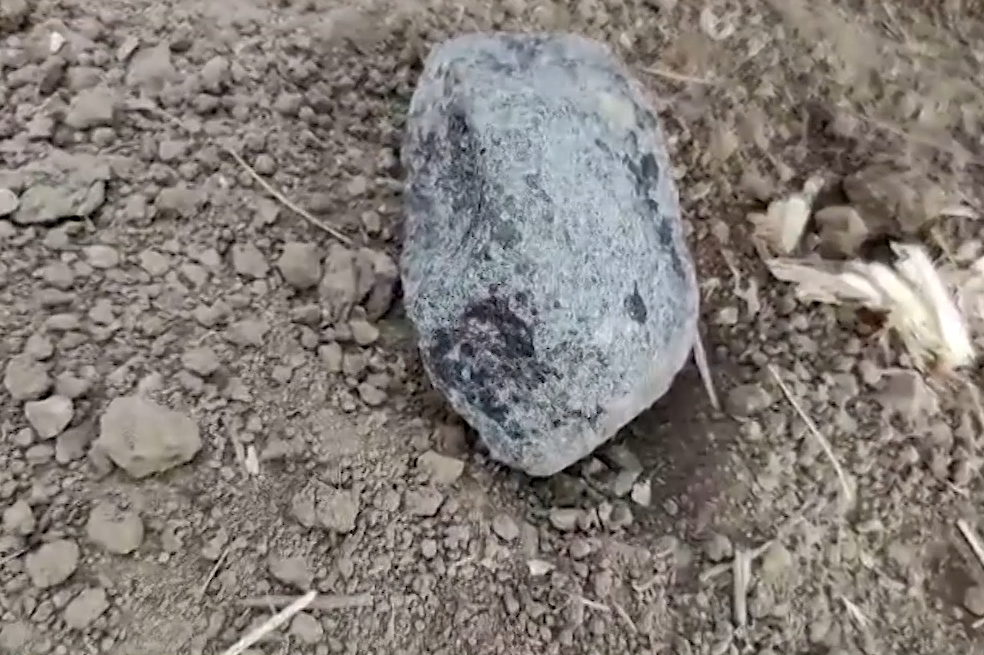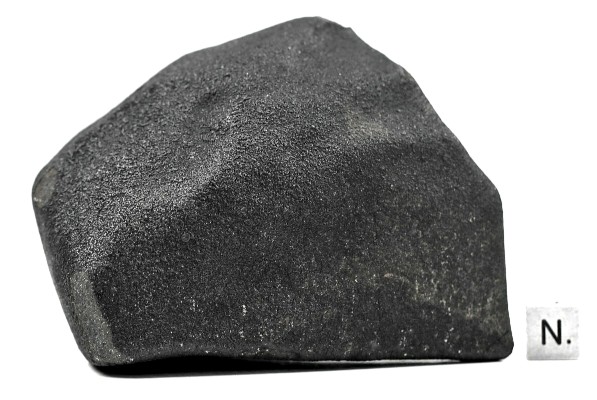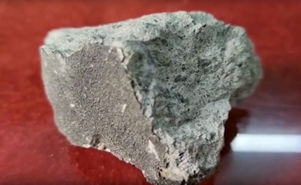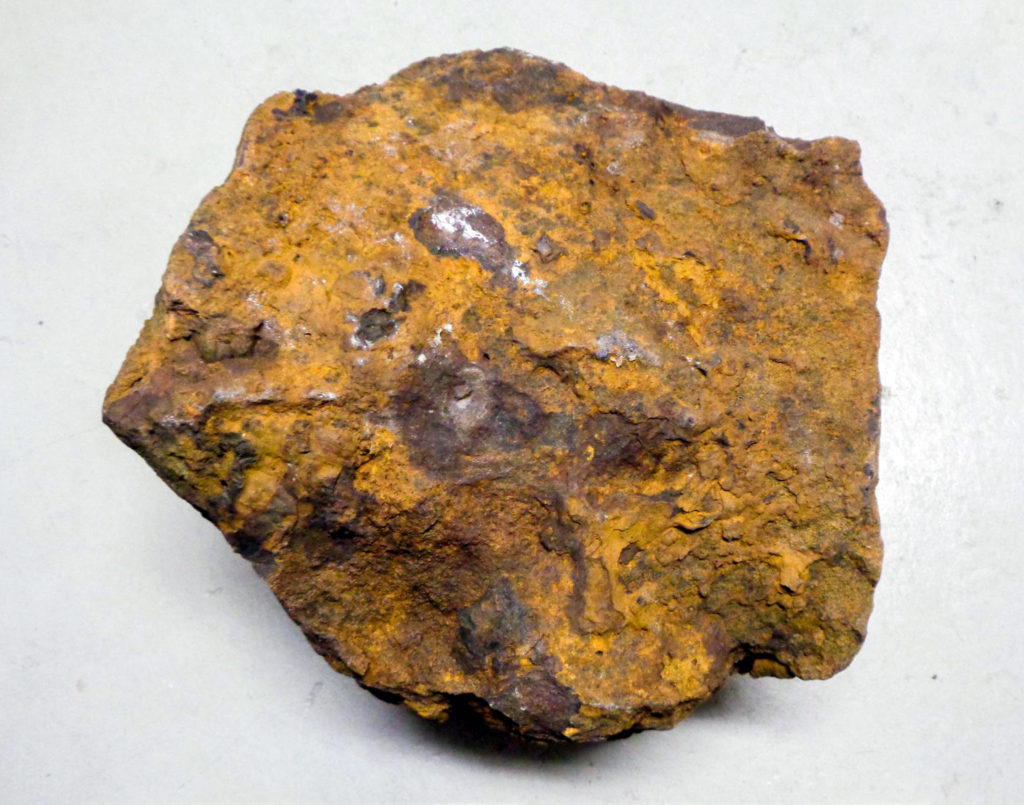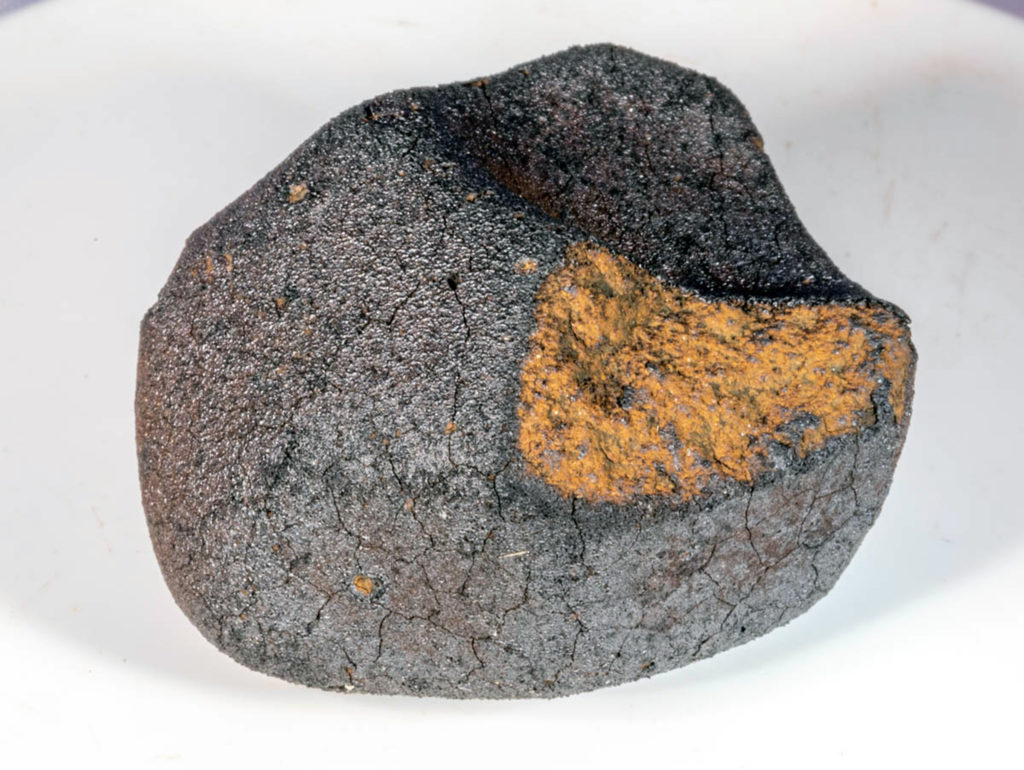A Pyroxenite mantle on Mercury? Experimental insights from enstatite chondrite melting at pressures up to 5 GPaOPEN ACCESS
Asmaa Boujibar, Kevin Righter, Emmanuel Fontaine, Max Collinet, Sarah Lambart, Larry R. Nittler, Kellye M. Pando
Icarus
Available online 11 April 2025
“Highlights
- If Mercury formed with enstatite chondrite, mantle would be like pyroxenites in composition.
- Enstatite stability expands due to Ca-S and Mg-S complexes in silicate melts.
- Sulfides are richer in Mg and Ca at low temperature and when silicate melts are rich in silica, respectively.
- Ca- and Mg-rich sulfides in equilibrium with silicates generate more variety of silicate melt compositions.
- High-pressure melts (3–5 GPa) are Mg-rich, resembling Mercury’s high-magnesium region.
- Low-pressure melts (0.5–1 GPa) are Si-rich, similar to the northern volcanic plains.”
“Enstatite chondrites are potential source material for the accretion of Mercury due to their reduced nature and enrichment in volatile elements. Understanding their melting properties is therefore important to better assess a scenario where Mercury formed from these chondrites. Here, we present experimental data on the partial melting of a modified EH4 Indarch enstatite chondrite, which was adjusted to have 18 % more metallic Si than SiO2 in mass, yielding an oxygen fugacity of 3.7 ± 0.6 below iron-wüstite redox buffer. Experiments were performed from 0.5 to 5 GPa using piston cylinder and multi-anvil apparatuses. Results indicate that the stability field of enstatite expands relative to olivine. This expansion is likely due to the presence of Ca-S and Mg-S complexes in the silicate melt, which enhance SiO2 activity and promote enstatite crystallization. Silicate melts present a correlation between Ca and S concentrations, like the global patterns seen on Mercury’s surface but with higher sulfur abundances. Additionally, sulfides show enrichment in Mg and Ca, up to 22 and 13 wt% respectively, the main remaining cations being Fe, Cr and Mn. These high Mg and Ca contents are observed at low temperatures and high silica content in the silicate melt, respectively. Partial melting of this reduced EH4 chondrite yields a large range of silicate melt compositions, due to the Mg- and Ca-rich sulfides which act as significant residual phases. High-pressure melts (2 to 5 GPa, 160–400 km depth in Mercury) are Mg-rich, similar to those in Mercury’s high‑magnesium region (HMR), while low-pressure melts (0.5 to 1 GPa, 40–80 km depth) are Si-rich, comparable to the northern volcanic plains (NVP). Results suggest that a large fraction of Mercury’s surface aligns compositionally with these melts, implying that Mercury’s mantle could predominantly have a pyroxenitic composition. However, regions with differing compositions, such as aluminum-rich areas, like the Caloris basin, suggest local variability in mantle geochemistry. The HMR chemistry indicates melting at pressures up to the base of Mercury’s mantle, possibly due to a large impact. Our study also explores whether the surface compositions could result from mixing processes like impact gardening or polybaric melting and magma mixing. The findings suggest that areas such as the intercrater plains and heavily cratered regions could be mixtures of melts from different depths, ranging from 0.5 to 5 GPa, which corresponds to the core-mantle boundary to lower pressures. Overall, our results show that if Mercury formed from materials similar to enstatite chondrites, batch melting of its primitive pyroxenite mantle would yield magmas with compositions resembling those of most rocks observed on the surface. While the exact olivine content of the mantle remains uncertain, the residual mantle is likely enstatite-rich due to the extensive stability of enstatite relative to olivine in sulfur-rich reduced systems.”

